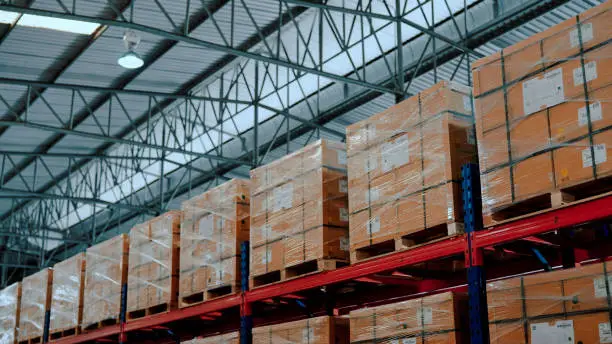Pallet management services are a key components of the logistics and supply chain operations of many businesses. However, pallets are often overlooked at distribution sites. Storage facilities and fulfillment centers have many facets to manage, and thus, pallet management often takes a backseat. This is where pallet management services come to the rescue. Outsourcing these services can significantly and positively impact operational efficiency, cost-effectiveness, and sustainability. In this blog, we’ll discuss five reasons to invest in pallet management services.
1. Reliable Pallet Supply
To run an efficient warehouse, you need a dependable pallet supply source. This becomes especially important if you operate a high-volume facility with a large inventory. If you don’t have pallets to place the products on, it can slow down or even shut down the entire operation. Today, the demand for pallets is much higher due to increased shipping demands in consumer and other business sectors. Pallet management services can simplify pallet control and are responsible for lost pallet recovery.
2. Optimized Use of Space
With large operational areas, it becomes incredibly challenging to manage hundreds of pallets in-house. In cases of low pallet stock, facilities often encounter the problem of leaving inventory stacked on the floor. This naturally takes up a lot of valuable space, reducing productivity and increasing the risk of stock damage.
Outsourcing pallet management services provides effective pallet control and organization. They reduce the burden on the facility by making the best use of space possible and removing and replacing decommissioned pallets before they start causing losses and obstructing operations. With pallet management services, workers can store and move items more effectively, saving both time and cost.
3. Increased Safety Standards
Having an adequate supply of pallets is what every facility wants; however, having too many at your location can pose a safety risk for your staff. Unused pallets can occupy your site and increase tripping hazards, potentially resulting in severe injuries for employees. Keeping pallets for too long can also result in damaged or broken pallets entering the workflow, increasing the likelihood of pallet failure, which could be detrimental to operations or lead to product damage.
This is where pallet management companies come to your rescue! They arrange removal damaged pallets and ensure high-quality replacements, taking the danger out of your facility.
4. Access to Quality Repairs
Businesses that leverage pallet pooling systems not only remove old pallets and supply shippable ones but also offer repair services that can repurpose your more specific or costly pallets. When pallets sustain minor damages, fixing them is much more affordable compared to replacing them entirely. With knowledgeable staff, pallet management services can develop a pallet recovery and repair program in a reasonable amount of time.
For facilities, it’s sometimes challenging to manage pallet needs with what’s available to buy. Many pallet management services offer valuable insights to help facilities make the best decisions for their warehouses. This helps you spend your money wisely, reduce costs, and reinvest in your establishment.
Conclusion
Investing in pallet management services enhances operational efficiency, optimizes space, improves safety, and ensures access to quality repairs. By providing reliable supply, effective organization, and expert repair solutions, these services streamline logistics, reduce costs, and support sustainability, ultimately boosting your warehouse’s productivity and long-term success.

